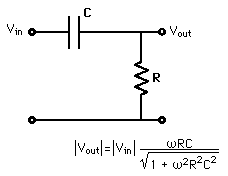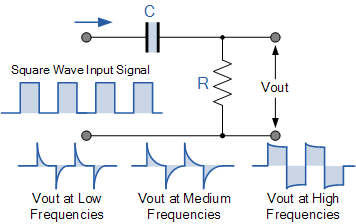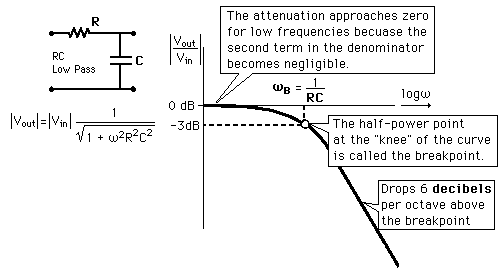Let me start off by saying that this is not homework! I am several years removed from the fun of college.... However, one of my main hobbies is electronics tinkering and I am referring to an intro ECE text from college.
An example problem in my book deals with the common emitter circuit shown below. The DC bias point analysis is straightforward. For the small signal AC analysis, my book teaches a method of approximating the BJT as a resistance and a current controlled current source (not shown). I understand how all the various gains are then found, but I don't understand how the output voltage can go negative.... The output voltage is Vo and it is across the load resistor RL.
The next figure in my book gives side-by-side graphs of the input signal Vs (given by Vs = 0.001sin(wt) V ) and the output voltage Vo.
I am not seeing how Vo can be negative! I have seen several other common emitter examples and they all seemed to have an output voltage that stayed positive (riding on a DC bias). Also, if you need to know, the calculated voltage gain was Av = -106
A paragraph in the book states that the source voltage Vs divides between the internal source resistance Rs and input impedance Zin of the amplifier. When that calculation is performed, we get that Vo(t) = (Av)Vin = -54.6sin(wt) mV








